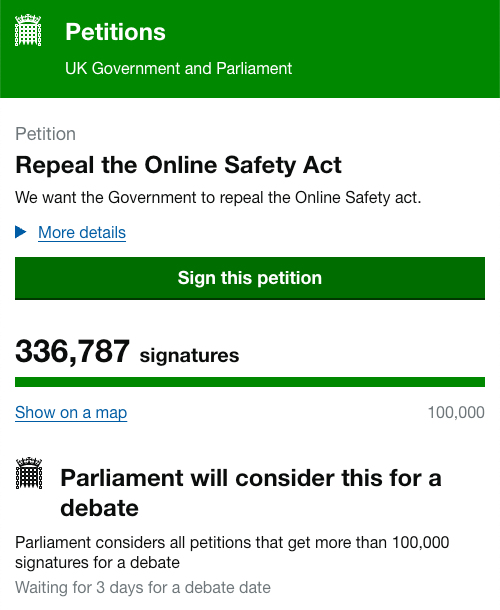Cybersecurity as a Service: Decoding the Costs and Maximizing Your Security Investment

In an increasingly digital landscape, the volume and complexity of cyber threats are escalating at an alarming rate. Organizations face significant financial losses, reputational damage, and legal consequences if they fail to implement robust cybersecurity measures. Cybersecurity as a Service (CaaS) has emerged as a popular and effective solution, offering businesses a way to bolster their defenses without the prohibitive costs and complexities of building and maintaining an in-house security operation.
But what exactly influences the cost of CaaS, and how can businesses make an informed decision? Understanding the various factors that shape CaaS pricing is crucial for effective budgeting and ensuring maximum security value.

Why Cybersecurity as a Service?
CaaS provides businesses with access to specialized cybersecurity expertise and the latest security technologies on an outsourced, often cloud-based model. This approach is particularly beneficial for small to medium-sized businesses (SMBs) who may lack the budget for a full in-house IT security team or the specialized knowledge required to manage advanced security solutions.
The cybersecurity industry faces a persistent talent shortage, making it challenging and expensive to recruit and retain qualified security professionals. Outsourcing to a Managed Security Service Provider (MSSP) or leveraging CaaS can alleviate this burden, providing access to a team of experts without the significant overhead of full-time salaries and benefits. For example, running an in-house Security Operations Center (SOC) can cost over USD 2.8 million annually, potentially reaching USD 5 million for advanced SOCs, whereas MSSP SOC services typically cost around USD 1.4 million – roughly 50% cheaper.
Key Factors Influencing CaaS Costs
Several important factors determine the overall cost of Cybersecurity as a Service:
- Type and Scope of Services Needed:
- The more extensive the services a company requires, the higher the cost will be. CaaS providers offer a wide range of services, often bundled into packages. These can include:
- Continuous monitoring and threat detection.
- Incident response and remediation.
- Vulnerability assessments and penetration testing.
- Security Information and Event Management (SIEM) solutions.
- Compliance and regulatory support (e.g., GDPR, HIPAA, PCI DSS, SOC 2, ISO 27001).
- Managed firewalls and intrusion prevention systems (IPS).
- Endpoint detection and response (EDR/XDR).
- Security awareness training and phishing simulations.
- Cloud-based security solutions like Cloud Access Security Broker (CASB) or SaaS Security Posture Management (SSPM).
- Specialized services, such as advanced threat detection incorporating AI and Machine Learning (AI/ML), can also impact pricing due to the sophisticated technology and expertise involved.
- The more extensive the services a company requires, the higher the cost will be. CaaS providers offer a wide range of services, often bundled into packages. These can include:
- Company Size and Complexity:
- Larger organizations with more complex IT infrastructures typically require more comprehensive security solutions, leading to higher costs.
- Conversely, smaller companies with simpler systems generally incur lower costs. CaaS is particularly cost-effective for SMBs who might not have the budget for a full in-house team. While large companies face the greatest risk of cyberattacks, small businesses are often more vulnerable due to limited resources and oversight.
- Customization Level of Solutions:
- Businesses requiring unique services or highly tailored setups will likely pay more than those opting for standard, off-the-shelf packages. CaaS offerings are flexible and can be precisely tailored to meet specific business goals.
- Pricing Models:
- Subscription-based pricing: Involves a fixed monthly or yearly fee, which aids in budgeting and provides predictable costs for consistent, comprehensive security. This model is common for CaaS and MSSPs.
- Pay-as-you-go pricing: Allows companies to pay only for the services they consume (e.g., based on storage, bandwidth, or number of users), offering flexibility for fluctuating security needs, though costs can vary with increased usage.
- MSSPs frequently offer service bundles that combine various security services and technologies, with costs dependent on the included services, customization, and company size.

- Virtual CISO (vCISO) and Fractional CISO Services:
- Hiring a vCISO or fractional CISO can be a highly cost-effective alternative to a full-time Chief Information Security Officer (CISO).
- A full-time CISO's annual salary, including bonuses and benefits, can exceed $465,000 with overhead. In contrast, a vCISO typically costs $200-$300 per hour or a monthly retainer of $5,000-$20,000, depending on the scope of services and the scale of the security system, without the additional overhead costs.
- vCISOs provide strategic guidance, help with risk assessments, ensure compliance, and oversee incident response. They are particularly suited for SMBs, startups, or companies in transition, offering expert input without the commitment of a full-time role.

- Operational Efficiency and Risk Reduction:
- CaaS solutions can significantly improve operational efficiency by providing 24/7 monitoring, rapid threat detection, and immediate incident response. This can reduce costly downtime; for enterprises, hourly downtime can cost around USD 300,000, and this figure rises with longer detection and response times.
- By leveraging CaaS, businesses can avoid the financial drain of developing and maintaining proprietary security tools and the need for a large in-house SOC with numerous monitoring tools.
- Compliance and Regulatory Support:
- CaaS providers possess expertise in various regulatory frameworks (e.g., GDPR, HIPAA, PCI DSS). They can help businesses maintain continuous compliance, manage audits, and address security gaps, thereby helping to avoid costly fines and reputational damage. For example, GDPR fines can reach up to €20 million or 4% of annual turnover.

Budgeting for CaaS and Evaluating Providers
When budgeting for CaaS, especially for small businesses, consider the number of employees, data sensitivity, and industry regulations. A detailed plan should align financial goals with risk management strategies.
When evaluating CaaS providers, it's crucial to assess:
- Service Offerings: Ensure they match your specific security needs, including comprehensive protection against various cyber threats.
- Security Expertise: Look for a proven track record, relevant certifications (like Cyber Essentials Plus), and experienced teams.
- Customer Support and Responsiveness: Timely support is critical for addressing security issues.
- Value Proposition: Compare offerings to ensure you are getting optimal value for your investment.
- Cost Transparency: Opt for providers with clear pricing structures to avoid hidden fees.
In summary, CaaS costs are a dynamic interplay of desired security depth, a company's financial capacity, and its need for specialized, flexible, and scalable cybersecurity expertise. By making informed choices, businesses can secure robust protection and peace of mind in the evolving digital world.









